*The criteria used for the selection of the five JRPG titles in this article is as follows: Any game that was scored under an 80 out of 100, but above a 60 out of 100 in its review ‘overall’ tally on the Never-Ending Realm is considered average. Games that appear on the list that have yet to be reviewed on our site were selected based on their Metacritic or GameRankings score.
In the interest of fairness any game that is considered “Good” or “Bad” on our site, but is considered “Average” on Metacritic (Or GameRankings) will be listed as such here. The global number of critics taken into consideration for a “Meta-rating” outweighs the value of a single review. This holds true, even if said review was made on this site.
So, without further do:
Japanese Role-Playing games have been around us since the 1980s. Most fans generally consider the PlayStation era of games in the genre to be its “Golden Age” due the genre’s critical and commercial success during that platform’s lifecycle.
Not every JRPG released during this time was a glorious masterpiece, however. Some were terrible, and many were just average adventures. Today, we pay homage to five of PlayStation 1’s most renowned average JRPGs.
Hoshigami: Ruining Blue Earth (2001)

Hoshigami is a tactical role-playing game that, oddly enough, was released in the US a few months before it launched in Japan. While Atlus had a reputation for delivering entertaining experiences in the games it published, Hoshigami might have arrived too late (2001) in the PlayStation’s life cycle, and it might have been a bit too archaic for critics to appreciate it at launch.
Its high difficultly prompted long sessions of grinding. Consequently, its difficulty was the prevailing global complaint about the game. An average war story for plot didn’t help matters either. Hoshigami would get a DS “Remixed” version in 2007 which fared even worse with critics, attaining a 55 global rating.
Why some might have enjoyed it:
Uneven gameplay aside, the story while cliched, had its moments. As far as PS1 visuals for this type of game went, the game was solid looking. Some people enjoy tedious sessions of grinding, and the rewards that come with the time spent winning battles. For those fans, Hoshigami might have been an enjoyable game.
The Legend of Dragoon (2000)
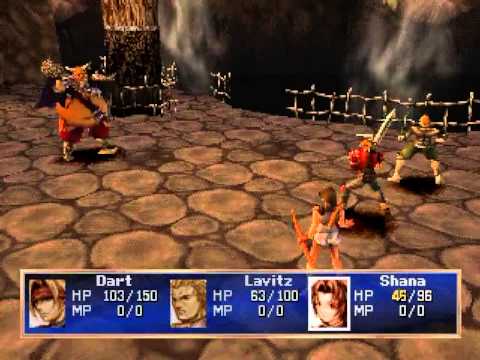
(Metacritic Score: 74) (Never Ending Realm: 6.5/10)
This one will generate controversy. For some befuddling reason The Legend of Dragoon has gained a loud cult following over the last two decades. Some of its supporters even go as far as to call it the greatest JRPG ever. This is befuddling to me, as I played and finished the game right at around the time in which it was released. Thus, I found Legend of Dragoon to be a great looking Final Fantasy VII inspired clone. A clone with much more style than substance. Needless to say, I didn’t really think much of the game at the time.
The Legend of Dragoon’s shortcomings were even more glaring when stacked against its contemporary rivals. Chrono Cross, and Final Fantasy IX were both released in the same year (2000). Both titles were considered instant masterpieces, not only by me, but by critics everywhere.
I recall a reviewer at Electronic Gaming Monthly handing The Legend of Dragoon a “5.5/10” score. The game’s average Metacritic rating shows that, at least in the year 2000, The Legend of Dragoon was considered an average JRPG at best, and an uninspired showcase of pretty visuals at worst.
Don’t get me started in the annoying requirement of disc swapping. If I wanted to back track to areas that I covered in previous game discs (the game comes in 4 discs). I had to eject Disc 4 and insert whatever disc the game directed me to insert. It was very annoying, and an issue that I didn’t encounter in any other game of the era.
Why some might have enjoyed it:
For some, the Legend of Dragoon was the first, or maybe one of the first J-RPGs that they might have played at the time. Ignorance is bliss. The game’s pretty CG spectacle, and decent pre-rendered backgrounds might have convinced many that the game was much better than it actually was.
The game’s combat did have some fun features. Getting the timing right in button presses in order to perform additions during battles could be fun at times. Some might have been able to overlook a story full cliches, and poor dialog accentuated by awful spelling mistakes (‘Vally of Gravity’ comes to mind) to find joy in the game’s tale regardless of what the critic world thought of it.
Some people will like a game regardless of how bad it is. I, myself, love The Granstream Saga, though I will never claim that it is a great game. But damned be the critics! For many, The Legend of Dragoon is the JRPG G.O.A.T.
What Happened to the IP?
While the Legend of Dragoon sold about 1.3 million copies, thus keeping the game from being a commercial flop. One must wonder how much Sony recouped from the title given its extraordinary budget.
Sony spent “Final Fantasy” sums of money on the development of Legend of Dragoon, but Final Fantasy VII sold 10 million units, and Final Fantasy VIII 8 million. Even Final Fantasy IX (having to compete with the PlayStation 2 launch) managed to sell a staggering 5.5 million copies. Nearly five times the number that The Legend of Dragoon pulled in.
Despite the loud outcry of Legend of Dragoon supporters on online forums (and a petition with over 25,000 signatures) demanding a successor (or remake) to the JRPG, Sony has no such plans for the internal property. There is a reason why Sony has never remade, remastered, or developed a sequel for the game. Quite frankly, the Legend of Dragoon underperformed, not only critically, but perhaps at the retail level too.
The Granstream Saga (1998)
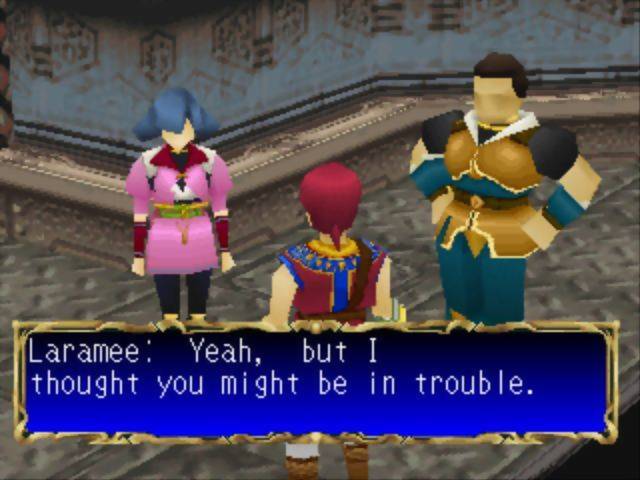
(Gamerankings: 66/100) (NER Score: 7.0/10)
An Action-RPG billed as the first fully 3-D action JRPG available on the market for the PS1. The Granstream Saga had some hefty expectations placed on it, at least in Japan.
A spiritual successor of sorts to Soul Blazer, the game shot to the top of the Japanese sales charts during its first week on the land of the rising sun. However, the game dropped out of the top ten the following week.
The Granstream Saga was a game filled with potential. It had one of the coolest story concepts of any PlayStation game. Science-Fiction, Fantasy, and even Reincarnation themes were present in its storyline. The combat system was, in a pre-Ocarina of Time world, perhaps the best implementation of real-time action-based combat that I had played up to that point in 3-Dimensions.
So, what went wrong? Well, while the graphics were smooth, and fully polygonal, the character faces were missing. There was a serious pop-up problem. This issue was craftily concealed with the use of the up close, over the top camera view. The Granstream Saga did its job a presenting a fully polygonal world, but the graphics were so bland that the artwork behind the 3-D models and levels barely showed itself through the game’s visuals.
It didn’t help the game that The Legend of Zelda: Ocarina of Time would arrive in the very same year to blow the game’s (and every other game’s) doors away in every single aspect, but in conceptual storyline.
Yes, the Granstream Saga remains a worthy play if you are an anime fan, for its plot line, and its cool looking fully animated cutscenes. But, apart from the cutscenes, Granstream Saga’s character development is almost non-existent.
At the end of the Granstream Saga’s cool cinematic endings (There are two endings), I was left wondering in deep frustration about how great the story could have been. If only the game would have slowed its pace down to focus on Eon, Arcia and Laramee, it could have been great.
While I loved this JRPG, it certainly deserved no more than a 7/10 score given how the game’s ambitions were never fully realized.
Why some might have enjoyed it:
Despite the lack of strong character development, the game’s cool story, and its endings were touching. The action-based combat was responsive (though a tad slow), and fully 3-D, which at the time was a novelty. Skies of Arcadia would later perfect the “Sky Pirate, and Floating Continents” scenario in a video game. But the Granstream Saga did it first, and it was refreshing as far as story, and scenario concepts for games went at the time.
Thousand Arms (1998)
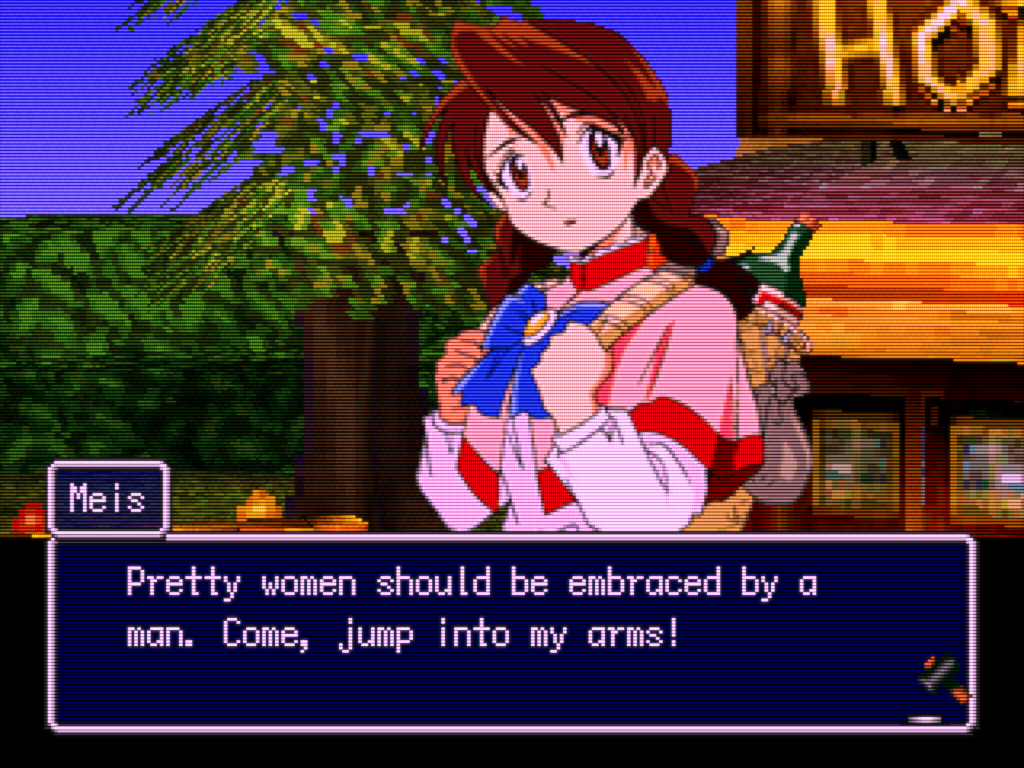
(GameRankings: 77) (NER Score: 7.0/10)
Truly, I feel bad that I must list this game here. I really liked, and like Thousand Arms. Out of the five listed here, it is the one game that I would love to replay again. But alas, with a 77 global score in critical reception, the game belongs in the average bin along with every other title mentioned in this list.
Thousand Arms visually looked like a well-made game at the time. Its look followed Grandia’s style of 2-D sprites placed within 3-D maps, but it didn’t quite look as good as Game Arts’ classic.
Thousand Arms’ funny dialog, and dating component, while entertaining, were not enough to pull it out of average land. A short quest, lack of depth, and a linear adventure didn’t help the game to standout from other titles in the genre at the time.
Why some might have enjoyed it:
Personally, I had an awesome time reading some of the dialog lines in the game. The voice acting itself was top notch (as far as games went in those days). Thousand Arms, had it been an anime show instead of a game, would be have been a short, and funny adventure. In that sense, I enjoyed Thousand Arms for what it was.
Bonding with female characters in order to forge powerful swords was a unique mechanic at the time on the West. The game wasn’t deep, but sometimes, there is plenty of joy to be found in straight forward simplicity. Thousand Arms was just that: a straightforward Anime inspired romp, that kept its players hooked until the final credits rolled.
Dragon Warrior (Quest) VII (2001)
*Editor’s Note: The game listed here is the original Dragon Quest VII, which was a PS1 release. The game was remade for the 3DS in 2016. The Remake holds an 81 Metacritic rating. Only the original version is being discussed in this list.
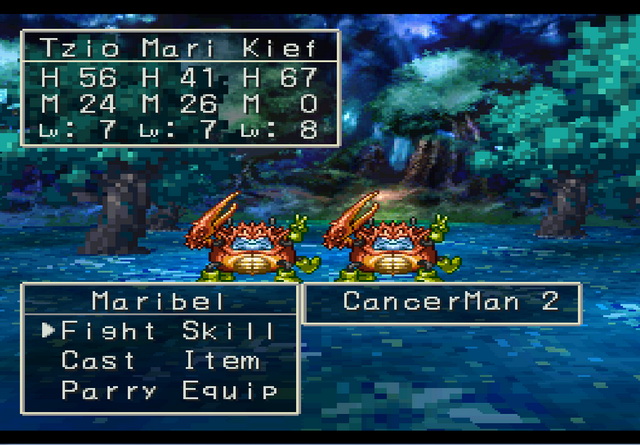
(Metacritic: 78) (NER Score: 1.0)
Like The Legend of Dragoon, Dragon Warrior VII’s inclusion within this list will stir up some controversy. Unlike The Legend of Dragoon, Dragon Warrior VII’s plunge into critical average land was unexpected at the time of its release because of the series’ long and storied lineage.
Dragon Warrior VII’s issues start with its visuals, which are some of the worst on the original PlayStation. The game looked like an early 3-D 1995-1996 JRPG, despite being released in 2001 (2000 in Japan).
Then comes the game’s archaic, and slow-paced turn-based system that belonged in 1989. Dragon Warrior VII could be sleep inducing during its 100+ hour run. Its playtime mainly consisted of long, and hellish grinding stretches.
Finally, the game’s story was disastrous. Liberate lands (all filled with bad clichés), and kill the demon lord. After you are done, you will liberate lands again in order to kill another predictable villain.
Despite selling 4.1 million units (4 million in Japan), Dragon Warrior VII is the worst, and most tedious JRPG that I have ever played. The entire game felt like it belonged in the 1980’s, and that’s not a good thing.
Why some might have enjoyed it:
Well, with only 100,000 units sold outside of Japan, it is hard to say whether anyone that eventually reads this article has actually played Dragon Warrior VII. Dragon Quest VIII was a massive improvement over it, but the series’ 7th installment remains the stuff that bad nightmares are made of.
But let’s play devil’s advocate for a moment here. Dragon Warrior VII is old school. True 1980’s old school, and some people like that kind of thing. There is a deep job class system, and many incredibly tough battles that require the mastering of such systems. Some people love slow, turn-based battles while grinding to gain levels. They love this type of gameplay even if said ‘Grind’ takes up to 80+ hours of the game’s running time. Some people truly enjoy being punished in such a way.
Finally, who needs complex characters, and an engrossing storyline? Dragon Warrior VII is old school, there is no need to develop anything, it is all about the grind and the job class system.
Your Favorite Average JRPGs Missed the Cut?
There are plenty of average PS1 RPGs. Most missed the cut since this article only focused on five games. Let us know your picks on the comments section here, or in our social media accounts. Also, please feel free to voice your displeasure (Legend of Dragoon fans prepare to raise Arms) on the selections included within this list. We are counting on it!
Agree with the author? Couldn’t disagree more and are frothing at the mouth to tell him? Leave a comment here, on Facebook or send an email and make sure to follow Never Ending Realm on Facebook, Twitter, and YouTube!
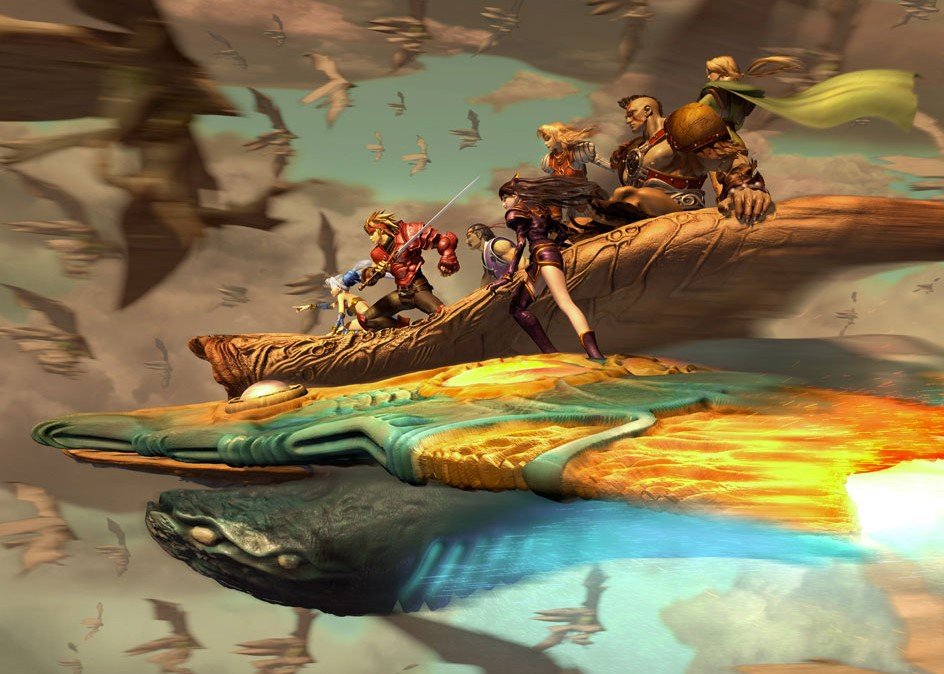
I remember when you were playing DWVII. “No… I have to beat it” you said like 80 hours in and falling asleep to it each night.